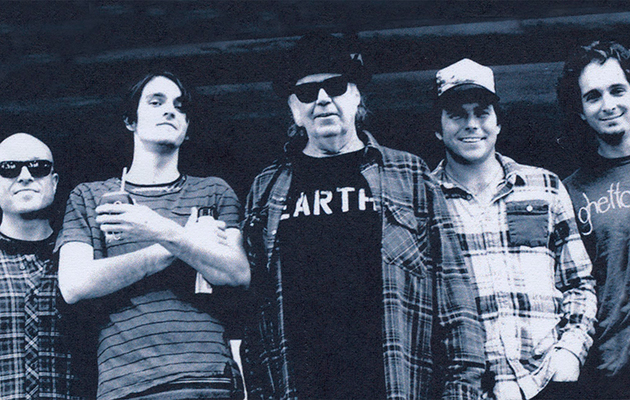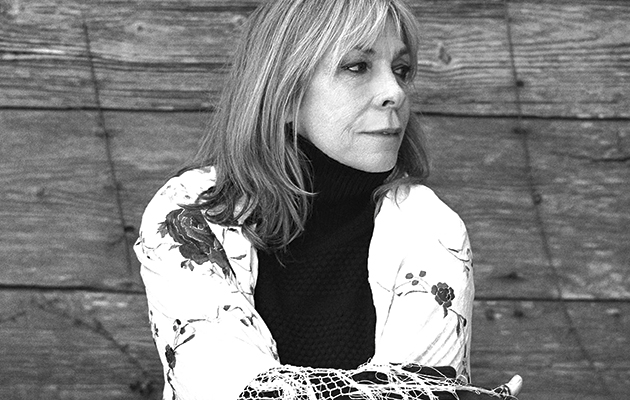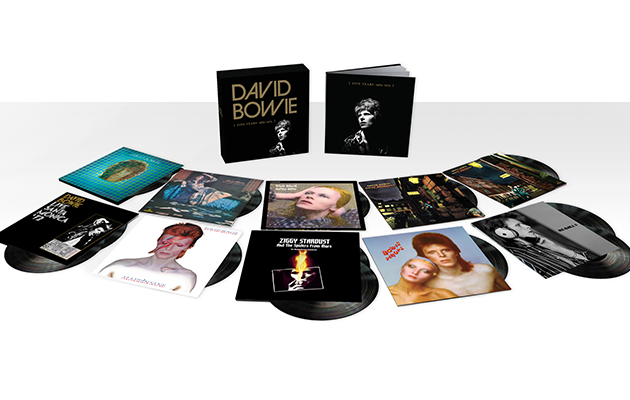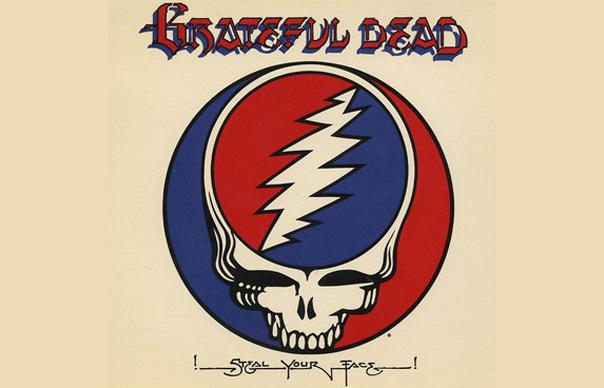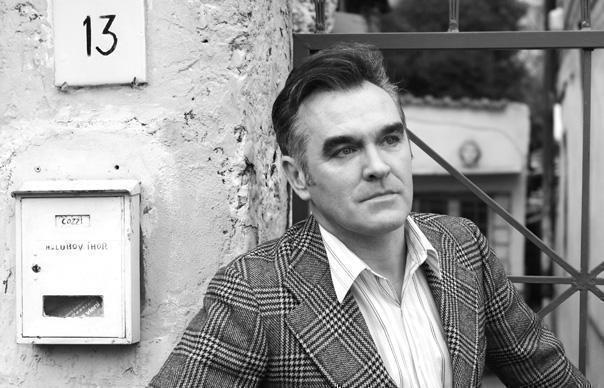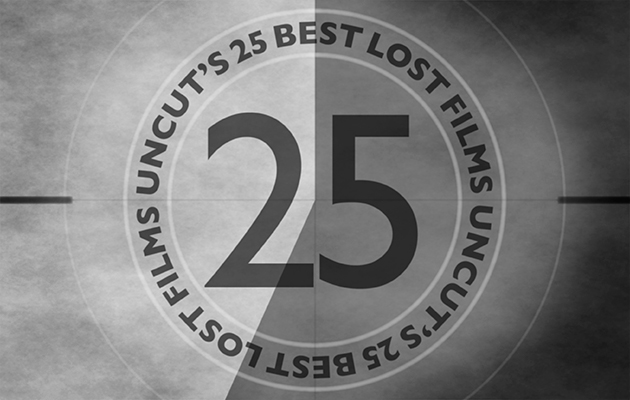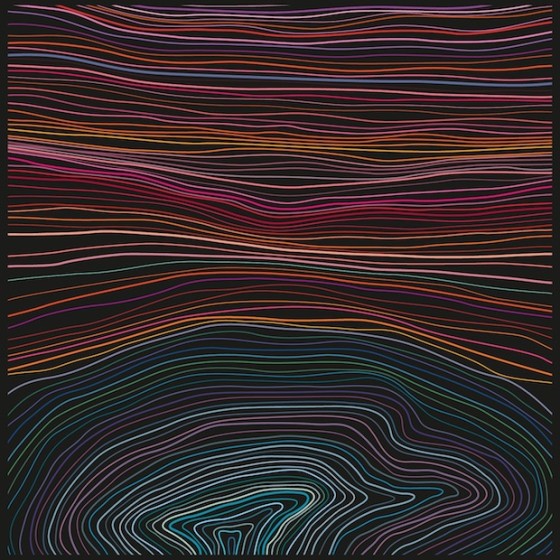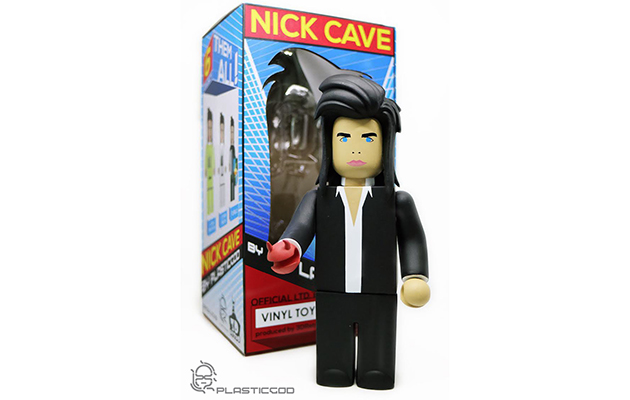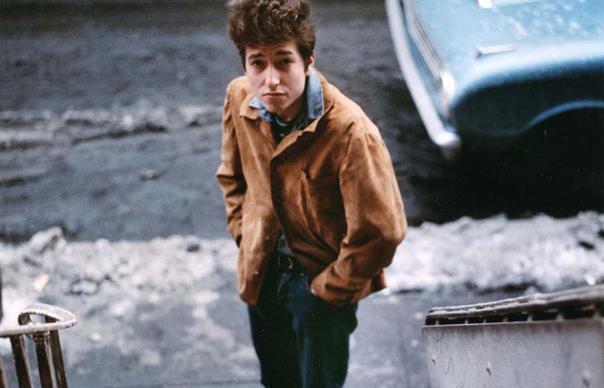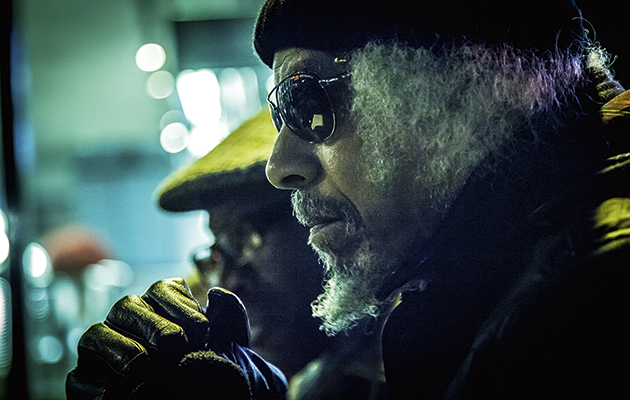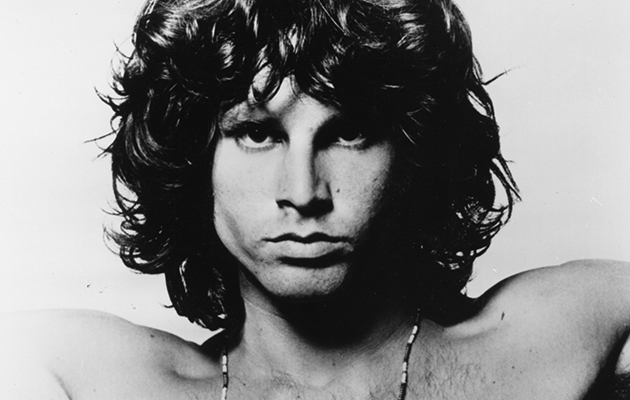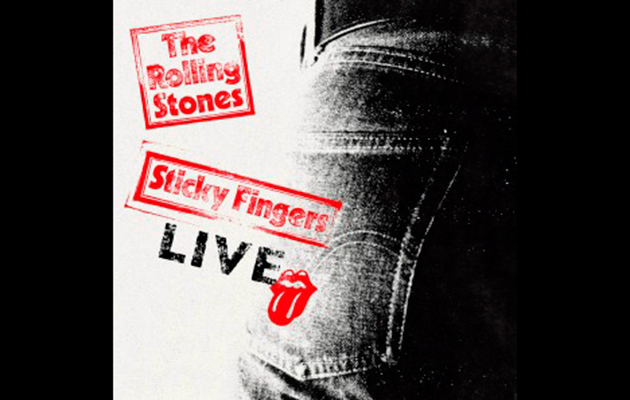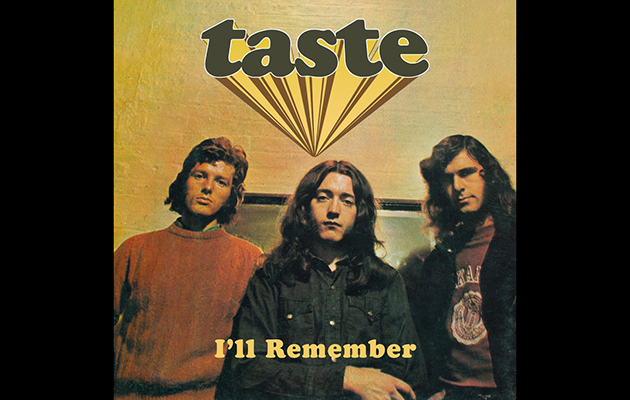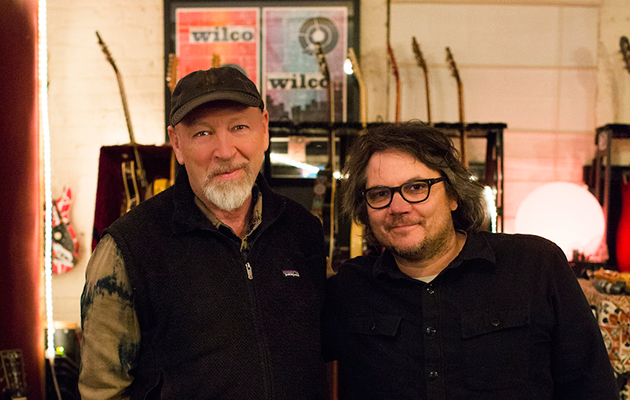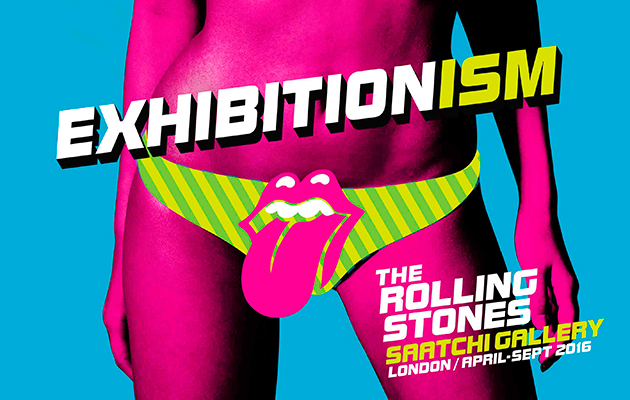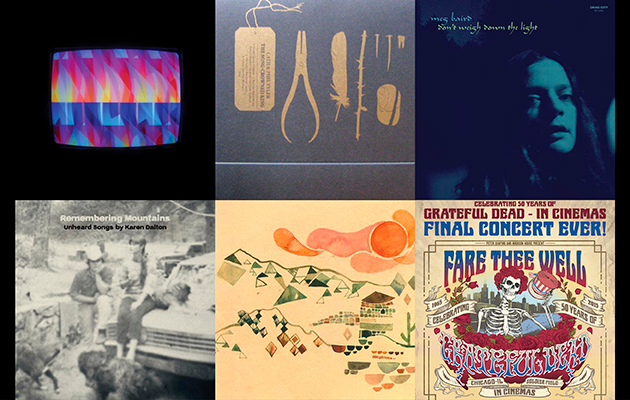1 THE LAST MOVIE
Director: Dennis Hopper
Starring: Dennis Hopper, Julie Adams, Stella Garcia (USA, 1971)
Writing in his private journal, in an entry dated January 23, 1970, the actor Henry Jaglom described a flight he took from Hollywood to Peru. He was travelling with Peter Fonda, Dean Stockwell, The Mamas And The Papas’ Michele Phillips and Kris Kristofferson among others to shoot Dennis Hopper’s film, The Last Movie.
“The no-smoking sign goes off aboard this APSA Peruvian Airline 707, and the joints are lit,” Jaglom wrote. “That simple. Ten minutes into the air and the cabin is a fog of marijuana smoke. Grass air everywhere; guitars and giggles. An incredible assortment of freaks are heading south with me to be in Dennis’ film.”
At the time, Dennis Hopper was enjoying the extraordinary success of his directorial debut, Easy Rider. The film, in which he also starred alongside Fonda, Jack Nicholson and Phil Spector (making a fleeting appearance as a scary coke dealer) had been made for $375,000, but its worldwide gross was a phenomenal $600 million. Hopper was suddenly what Hollywood calls a player. And Hollywood now waited to see what he’d do next. Especially those people who believed Easy Rider had been a fluke and were convinced that Hopper, who already had a reputation for wildness, would fuck up. Which, of course, he duly did.
The Last Movie was inspired partly by Hopper’s own experiences shooting The Sons Of Katie Elder in Durango, Mexico, in 1965 – “I thought, My God, what’s going to happen when the movie leaves and the natives are left living in these Western sets?” he was quoted in Village Voice. Hopper envisaged The Last Movie as an ambitious allegory about America and how it was destroying itself; a statement on capitalist greed, movie violence, and Hollywood colonialism. In 1965, he approached Stewart Stern, screenwriter on Rebel Without A Cause, to help with a screenplay. Together, they outlined a 98-page treatment at Stern’s Hollywood home on Harold Way called ‘The Last Movie Or Boo Hoo In Tinseltown’. “Dennis would stride back and forth in the room, and we’d spitball ideas,” says Stern today. “I sat at the typewriter, and he’d walk behind me with his joint and he’d be raving. Then he said, ‘I bet you could really write it if you had a little joint.’ I said, ‘Well, I just won’t do it, it makes me hallucinate.’ So he said, ‘There’s something called a bong, you just inhale it over water.’ I had my snorkel and mask at home, so I put it on while I typed, and every time Dennis had some excess, he’d blow it down my snorkel. I was nearly as stoned as he was.”
The story they came up with focused on a movie stuntman called Kansas, who was working on a Western about Billy the Kid being filmed in Peru. When the actor playing Billy is killed in an accident, the crew returns home. But Kansas stays on, with the idea that he can attract other productions to the location. Meanwhile, the local Indians create movie equipment out of bamboo and re-enact the shoot themselves as a religious ritual – including blood sacrifice.
The following year, Hopper and Stern met with Phil Spector, to persuade him to finance the film. A day of negotiations followed, as Stern remembers: “Spector was a terrifying man, extremely wrapped up in himself. Dennis and his people would be in the room, and me and my people would be in the room. And we had caucuses, then our representatives would meet in a room with Spector.” By the end of the day, Spector agreed to underwrite the research and the screenplay.
Hopper and Stern returned to Harold Way and wrote a full, 119-page screenplay in three days. Hopper originally wanted Montgomery Clift for the part of Kansas, but Clift died that July; according to Stern, Jason Robards almost committed to the role before Hopper decided he’d play the part himself. They planned to shoot in Mexico, but the authorities threatened to censor them, then Hopper travelled to Peru, to Cusco, to visit Machu Picchu. It was there he got the vibrations.
Back in LA, Spector withdrew his financial support for The Last Movie. Without a backer, the film went into hiatus for three years; even with the success of Easy Rider behind him, Hopper found it difficult to get it made. BBS, who’d financed Easy Rider, baulked when they learned Hopper wanted to star in the film and direct it. Warners and Columbia passed, too, but he eventually persuaded the newly founded youth division at Universal Pictures to bankroll the movie for $850,000. As part of the deal, Hopper would retain final cut.
With the film finally greenlit, Hopper travelled to Peru in late ’69 to start pre-production. While in Lima, he was interviewed by a reporter from La Prensa, who asked him about marijuana and homosexuality. “Taking a long reflective pull on an odd-looking cigarette,” wrote Brad Darrach in an on-set report for Life magazine, “Dennis said he thought everybody should ‘do his thing’ and then allowed that he himself had lived with a lesbian and found it ‘groovy’…Within 24 hours the government denounced the article and issued a decree repealing freedom of the press.”
The rest of the cast and crew reached Cusco in January, and took over the Hotel Cusco; “an extremely elegant Victorian age hotel,” remembers Henry Jaglom. Coke was so plentiful in the region that, according to Toni Basil, who played Rose in The Last Movie’s film-within-a-film, they served “coca tea in the hotel. Just like little teabags full of coca tea that you order in the restaurant.”
Darrach claimed that within hours of the cast arriving in Cusco, “a number of actors laid in a large supply [of cocaine] at bargain prices – $7 for a packet that costs $70 in the States. By 10pm almost 30 members of the company were sniffing coke or had turned on with grass,
acid or speed.”
“Of course there was plenty of good cocaine,” says Dean Stockwell today, who played Billy the Kid. “The natives there would happily give you leaves to chew on, and there was this little type of rock that’s got certain minerals in it, that precipitates the effect out of the leaves, and they all chew it. There was what you’d call processed coke as well. Was I aware of the amount of drugs being consumed out there? Yeah, oh yeah. But we kept it to ourselves, apart from the leaves, which everyone was doing. We weren’t stupid, we were just stoned.”
The scenes became wild; Darrach reported on “whipping parties… an actor chained a girl to a porch post and, inspired by the notion that she looked like Joan of Arc, lit a crackling fire at her feet. Another actor swallowed five peyote buds in too rapid succession and almost died.”
“Suddenly, you’re 33, in Peru, with a gang of guys who are living up to their reputations,” Kris Kristofferson (who also provided the film’s opening song, “Me And Bobby McGee”) told Uncut in June 2002. “In fact, what he [Hopper] did was what he was filming. He was filming the corruption of a little town by the movie people, and I mean they ruined the town. I think he got a priest defrocked…”
Looking back on the shoot in Uncut in February 2005, Hopper admitted: “It was one long sex and drugs orgy. Wherever you looked there were naked people out of their fucking minds. But I wouldn’t say it got in the way. It helped us get the movie done. We might have been drug addicts but we were drug addicts with a work ethic… The drugs, the drink, the insane sex, they all fuelled our creativity.”
Each day, the crew made the two-hour drive in a fleet of taxis to the location, a remote mountain village called Chinchero. There, Henry Jaglom remembers “the rooms were horrifying. They were these terrible little rooms… llamas could come through the door. They were shitting in the bathroom.”
Another problem was altitude sickness; Chinchero is 11,000 feet above sea level. Stockwell reckons “70 – 75 per cent of the crew got sick.” Stunt co-ordinator Chuck Bail recalls, “I watched [cinematographer] László Kovács walk up a little grade in the village, and when he got there, he fell flat on his face, didn’t even put his hands out in front of him.”
The altitude got the better of Henry Jaglom, who left the film after two weeks. In a journal entry dated January 26, 1970, he wrote: “My god, what a birthday. A llama in the kitchen. Up at 6am after 2 ½ hours’ sleep. Bodyaches. Chaos; can’t eat breakfast. Tea. Raining. Two-hour drive to the location along an unpaved, unmarked winding donkey track… I sit alone in a car while Peruvians try to dig me out…”
The shoot itself lasted for seven weeks. Despite having the full script co-written by Stewart Stern, Hopper opted instead to improvise much of the film on location.
“Oh, I’m not afraid to start work with an empty head,” he told Darrach. “If you can’t create out of the moment, you’re not creating.”
“He didn’t even make up his mind what I was going to do until we got down there,” says Stockwell. “There wasn’t a script. He’d outline it, and then we’d go do it. But he was absolutely in control. In his own inimitable way. At that time, he was a piece of work like nobody I’ve ever known. Dennis was all over the place, all constant energy, you just couldn’t shut him up for a second – he had more energy than 10 people. He was awesome to be around.”
“I call him an instinctive director,” adds Chuck Bail. “If he saw the sun going down, he’d yell at László Kovács. They’d immediately set something up to get that sunset through a stained glass window. As things go, that’s how he directs. He has a big plan in mind.”
Not everyone, however, was thrilled with the antics of a US film crew in the region. In an anonymous letter published in the Village Voice on December 24, 1970, one ex-pat wrote: “The absolute cultural insensitivity not only made me sick once again about my country and its fucked-up rich citizens, but have caused the government of Peru to crackdown on longhair tourists. The military [have] started mass shakedowns, round-ups, detentions, drug busts…”
Back in America, Hopper began work on editing The Last Movie, alternating between LA and his house in Taos, New Mexico. There were distractions. He was divorcing his first wife, actress Brooke Hayward, and dividing up his art collection as part of the settlement. Hopper’s Taos home, meanwhile, had become a focal point for hangers on, groupies and aspiring filmmakers. Lawrence Schiller, who directed The American Dreamer, a documentary shot while Hopper was editing The Last Movie, recalls Hopper “living the life of his character out of Easy Rider…stoned all the time, carrying round an AK47 or whatever.”
“Dennis was fond of guns at the time,” confirms Dean Stockwell, who visited Taos while Hopper was editing The Last Movie. “Once in a while, he’s go up on the roof and fire off a couple of rounds into the sky. I don’t know if Dennis ever shot at anybody. I remember two or three times inside the house, he’d take a revolver out and shoot it at the ceiling.”
The editing itself proved to be a nightmare. Hopper had 40 hours of footage. He bought the tiny cinema in Taos and spent days screening the rushes for a team of 12 editors. Universal, meanwhile, were increasingly furious with his failure to deliver the film on schedule.
“The encounters were very heated,” explains Schiller. “He showed them just enough of the movie in just enough of the right way to keep them at bay and never, until the very end, the entire movie. But he didn’t know how the film was really going to work.”
Another guest at Taos during this time was cult filmmaker Alejandro Jodorowsky, who recalls “how strong the smell of Hopper’s underarm perspiration was. One day – he had I think 10 women there – and I put everyone in a line for them to smell the perfume of Dennis Hopper. Because he never changed his shirt, for days upon days.”
Hopper invited Jodorowsky to help with the editing. “At the time, he didn’t know what to do with The Last Movie,” says Jodorowsky. “I saw the material, and I thought it was a fantastic story. I was there for two days, and in two days I edited the film.” Jodorowsky claims that Universal didn’t like his cut and Hopper destroyed the print.
Eventually, in late October 1970, Hopper sent for Stewart Stern, to try to help him make sense of the movie. Stern was horrified by what he found. “It took me two days just to look at the footage – some of it was brilliant and some was awful. But the end of the film was not there.”
Stern stayed around long enough to attend Hopper’s wedding to Michelle Phillips, on October 31. “He got married reading ‘The Gospel of St Thomas’ aloud to Michelle,” says Stern. “He decorated the whole place with candles stuck in paper bags. It was a whole mixed mystical thing. He read the whole marriage ceremony, and it was just craziness.”
The Last Movie finally made its debut at the ’71 Venice Film Festival in August, where it won the Best Film award, before Universal released it in America on September 29, ’71 at New York’s RKO 59th St Twin Theater; the same cinema in which Easy Rider had made its debut. Although the film broke the single day box office record, the critical response was overwhelmingly negative. The New York Times review, for instance, described it as “an extravagant mess… indulgent, cruel and thoughtless.” Universal were horrified, and demanded Hopper recut it. He refused, and The Last Movie was withdrawn within two weeks of its release.
“It died a quick death,” Hopper told Uncut. “My career never recovered. It was another 10 years before I had a chance to direct again.”
In 1987, Hopper and Stern had dinner together during a retrospective of Hopper’s work at the Seattle Film Festival. They discussed the idea of remaking The Last Movie, with Hopper directing a younger actor, and this time using the original shooting script, but Hopper became too busy with other projects. The Last Movie enjoyed a brief US video release in March, 1993, before disappearing again, although there have been several promising rumours about a DVD issue. In a 2006 interview in Playboy, Hopper claimed he had acquired the rights from Universal and was planning to release it, while prestige reissue label the Criterion Collection also investigated the possibility of issuing a Special Edition DVD, but nothing ever came of it.
Today, it seems likely the only opportunity to see The Last Movie is at film festivals, where it often screens alongside The American Dreamer. It’s inevitably hard to predict what the future might hold for the film. Written off by many at the time as an unmitigated disaster, The Last Movie viewed today is a frequently dazzling experience. Certainly, no other studio film from that period was as formally challenging. The movie’s film within a film-within-a-film conceit – with Hopper coming in and out of character as Kansas – and its ongoing commentary on the filmmaking process finds a more resonant echo in the work of Charlie Kaufman. Alex Cox’s 1987 film, Walker – about the 19th century American adventurer William Walker, who invaded Nicaragua in the 1850s – likewise adopted a non-traditional approach to filmmaking, including anachronisms like helicopters, and like Hopper, Cox was blacklisted as a director.
If anything, The Last Movie is almost overwhelmed by the number of ideas Hopper throws at you: it’s a Western, it’s a statement on American expansionism, it’s a satire on Hollywood… To audiences looking forward to more of the stoner hijinks of Easy Rider, it’s no wonder The Last Movie left them confused; this was a far more audacious film than anyone could have anticipated. Arguably, The Last Movie sums up the artist Hopper wanted to be: bold, out-there, taking risks. “It’s a very personal film of Dennis’s,” agrees Dean Stockwell. “It had some brilliant moments in it, and some brilliant vignette performances,” says Stewart Stern. “You couldn’t dismiss it, just the pageantry that he caught on film was so remarkable, so gorgeous. You have to account for that and give Dennis supreme credit for it.”
“Right or wrong,” Hopper told Uncut, “that’s what I wanted to do.”
Michael Bonner
Uncut’s 50 Greatest Lost Films were found by Mark Bentley, Michael Bonner, Mick Houghton, Allan Jones, Robbie Jones, Phil King, Damien Love, Geoffrey Macnab, Alastair McKay, Garry Mulholland, Chris Roberts, Terry Staunton and Rob Young



